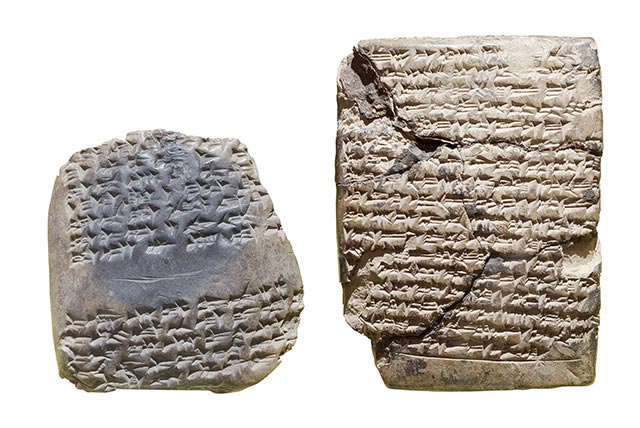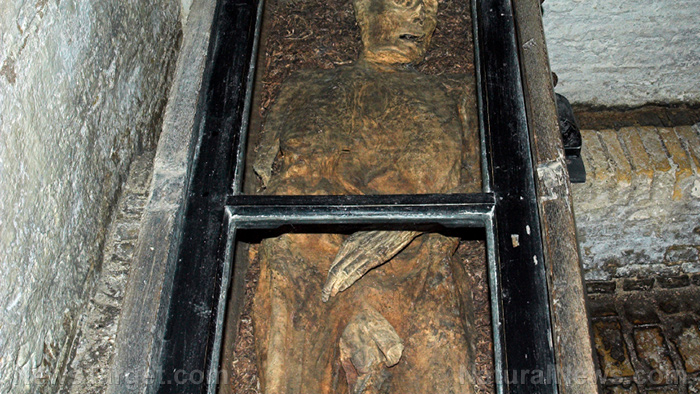
Fossil evidence studied by researchers from the Natural History Museum of Utah showed that multiple crocodile ancestors had a purely vegetarian diet. The scientists determined this by analyzing 146 fossilized teeth from 16 different crocodyliforms, the group that includes both extant and extinct crocodiles and alligators.
According to Keegan Melstrom, study author and doctoral student at the University of Utah, the most interesting thing they found was how frequently crocodile ancestors ate plants.
According to Melstrom, carnivores possess "simple teeth" whereas herbivores have more complex dental patterns. Their study indicates that several species of crocodyliforms had complexly shaped teeth, which strongly suggests that they had herbivorous diets.
"Part of my earlier research showed that this pattern holds in living reptiles that have teeth, such as crocodilians and lizards. So these results told us that the basic pattern between diet and teeth is found in both mammals and reptiles, despite very different tooth shapes, and is applicable to extinct reptiles," explained Malstrom.
Crocodiles had a complex past
All extant, or living, crocodilians, which include every species of crocodiles and alligators, share a general body shape and lifestyle. All of them are also strictly carnivorous, possessing simple, conical teeth. Melstrom's study showed that, in the past, this wasn't always the case. Many other species even showed different teeth patterns, including several species-specific "specializations" that modern crocodiles and alligators no longer have. (Related: Football-sized sea bugs devour an alligator carcass on the ocean floor.)
One such specialization is a feature known as heterodonty, or regionalized differences in both tooth shape and size. According to Melstrom, this is what led them to believe that the diets of extinct crocodilians weren't strictly carnivorous.
Melstrom and his graduate adviser, co-study author Randall Irmis, chief curator of paleontology at the Natural History Museum of Utah, reconstructed the diets of these extinct vegetarian crocodyliforms using quantitative analyses of dental measurements and other fossil features. The results showed that some of these extinct vegetarian crocodiles had dental complexities that rival those of living plant-eating lizards and even many omnivorous and herbivorous mammals.
Melstrom and Irmis concluded that vegetarian crocodyliforms appeared shortly after the end-Triassic mass extinction, which occurred around 201 million years ago. Fossil records indicate that these plant-eating crocodile ancestors may have persisted until the end-Cretaceous mass extinction, around 65 million years ago – the mass extinction event that killed off all the dinosaurs.
Furthermore, Melstrom and Irmis' analyses indicate that these crocodyliforms independently developed their complex dentitions in at least three different occasions, and possibly as many as six. This means that the presence of herbivorous crocodyliforms was much more common than researchers had previously thought.
If all their research holds up and crocodyliforms did indeed turn to herbivory in three to six different occasions, then this means that crocodile ancestors saw an evolutionary advantage in giving up their previously fully carnivorous lifestyle.
"Our work demonstrates that extinct crocodyliforms had an incredibly varied diet," said Melstrom.
"Some were similar to living crocodilians and were primarily carnivorous, others were omnivores and still others likely specialized in plants. The herbivores lived on different continents at different times, some alongside mammals and mammal relatives, and others did not. This suggests that an herbivorous crocodyliform was successful in a variety of environments!"
For more articles about weird facts in evolutionary history, check out WeirdScienceNews.com.
Sources include:
Please contact us for more information.























